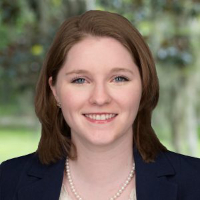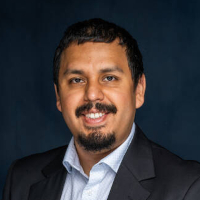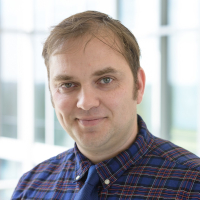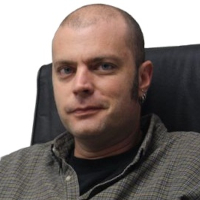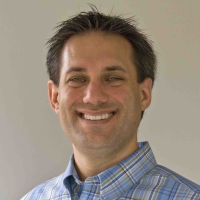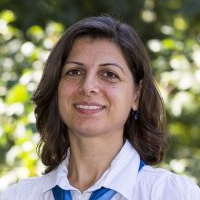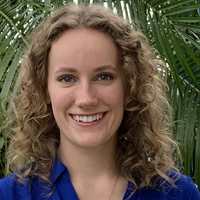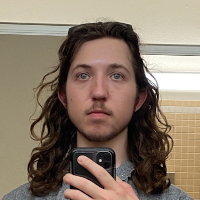Meghan Ferrall-Fairbanks (UF Biomedical Engineering)
235 Little HallTumor Composition and the Host Environment on Cancer Treatment Strategies The one-size-fits-all approach is not effective at treating cancer and tumor heterogeneity plays an important role in patient response. Current dogma characterizes tumor heterogeneity resulting from compounding genetic and epigenetic changes and instability, ultimately driving unfavorable outcomes for these patients. However, some cancers, including many …
